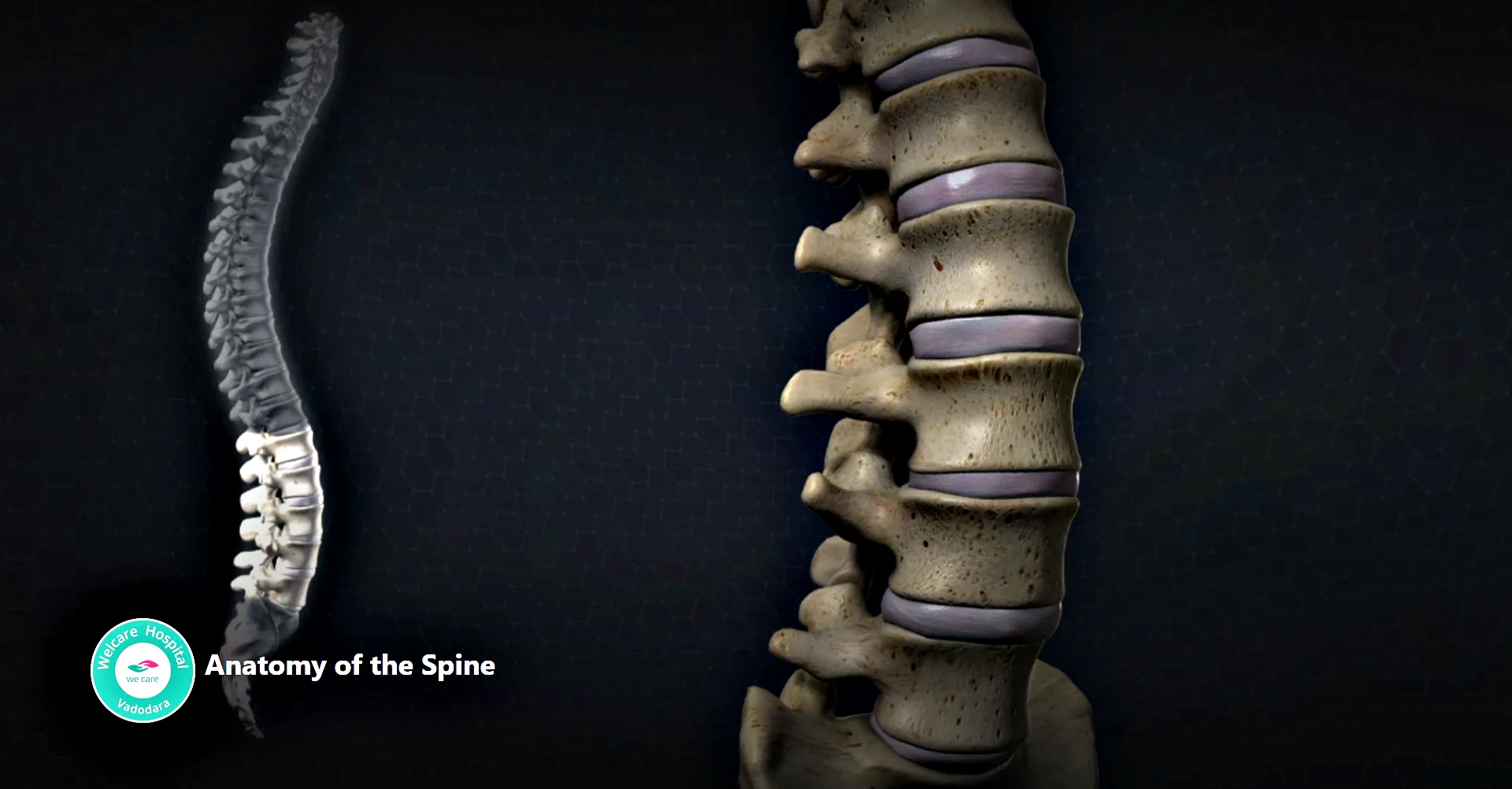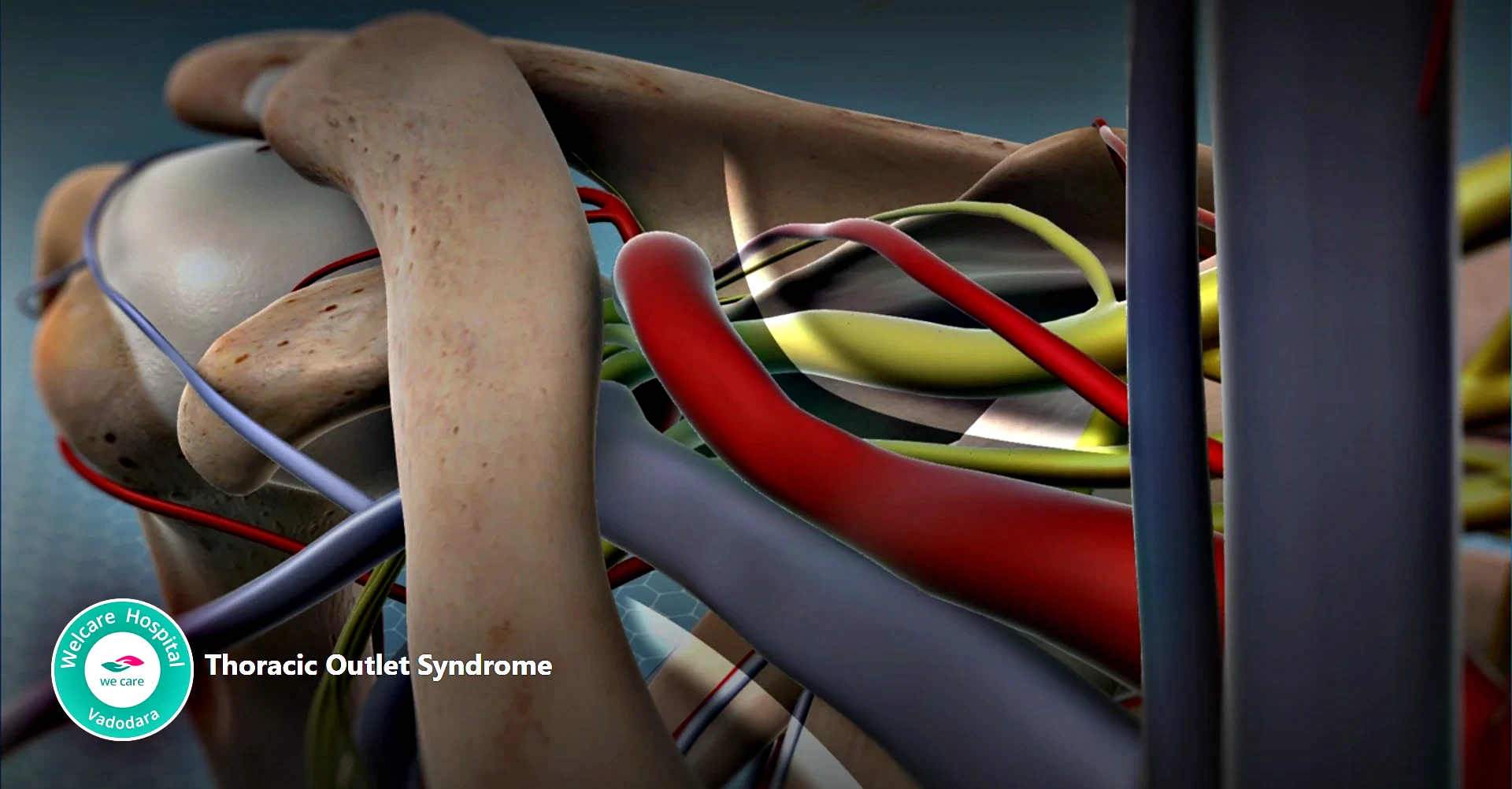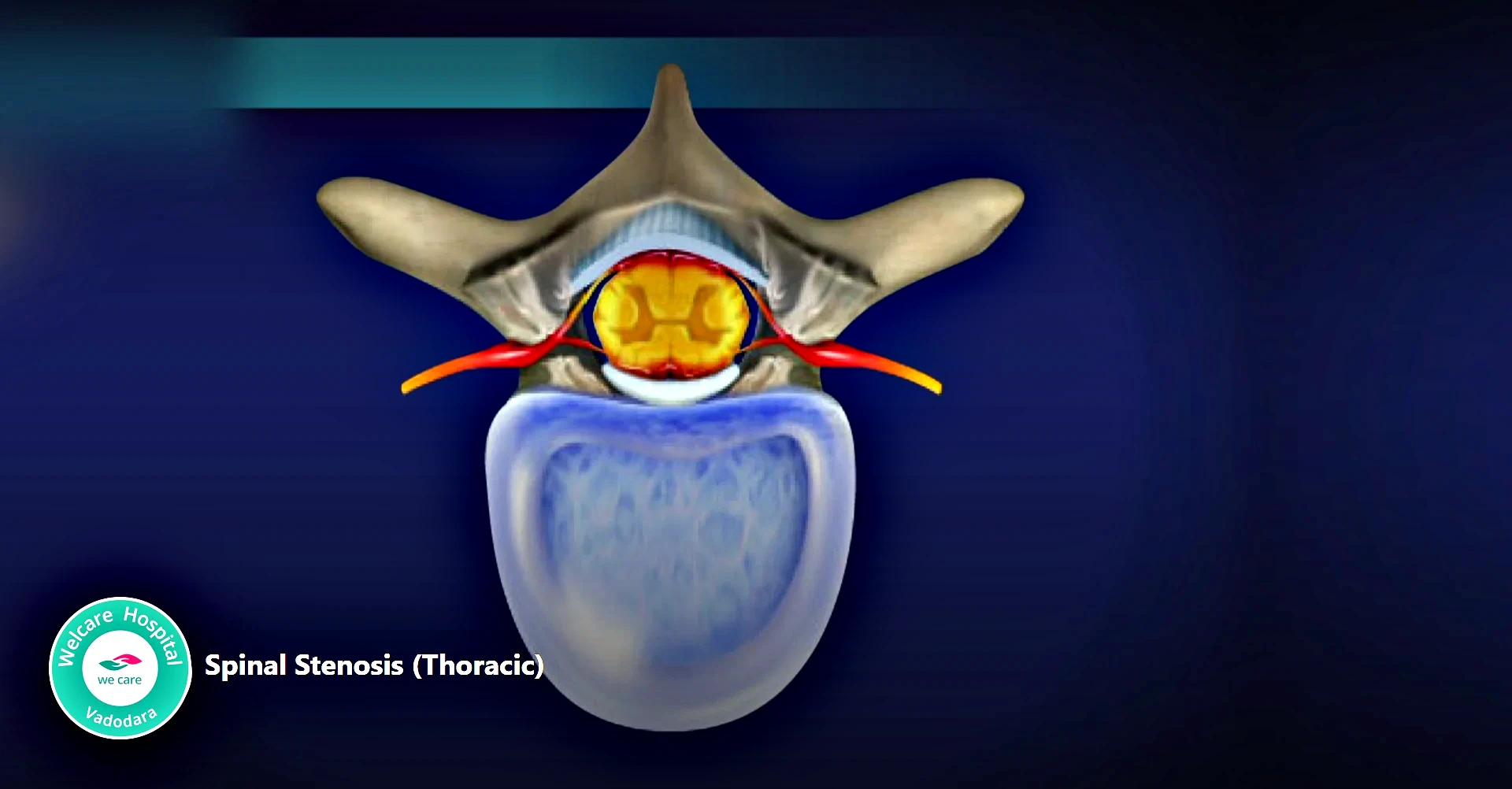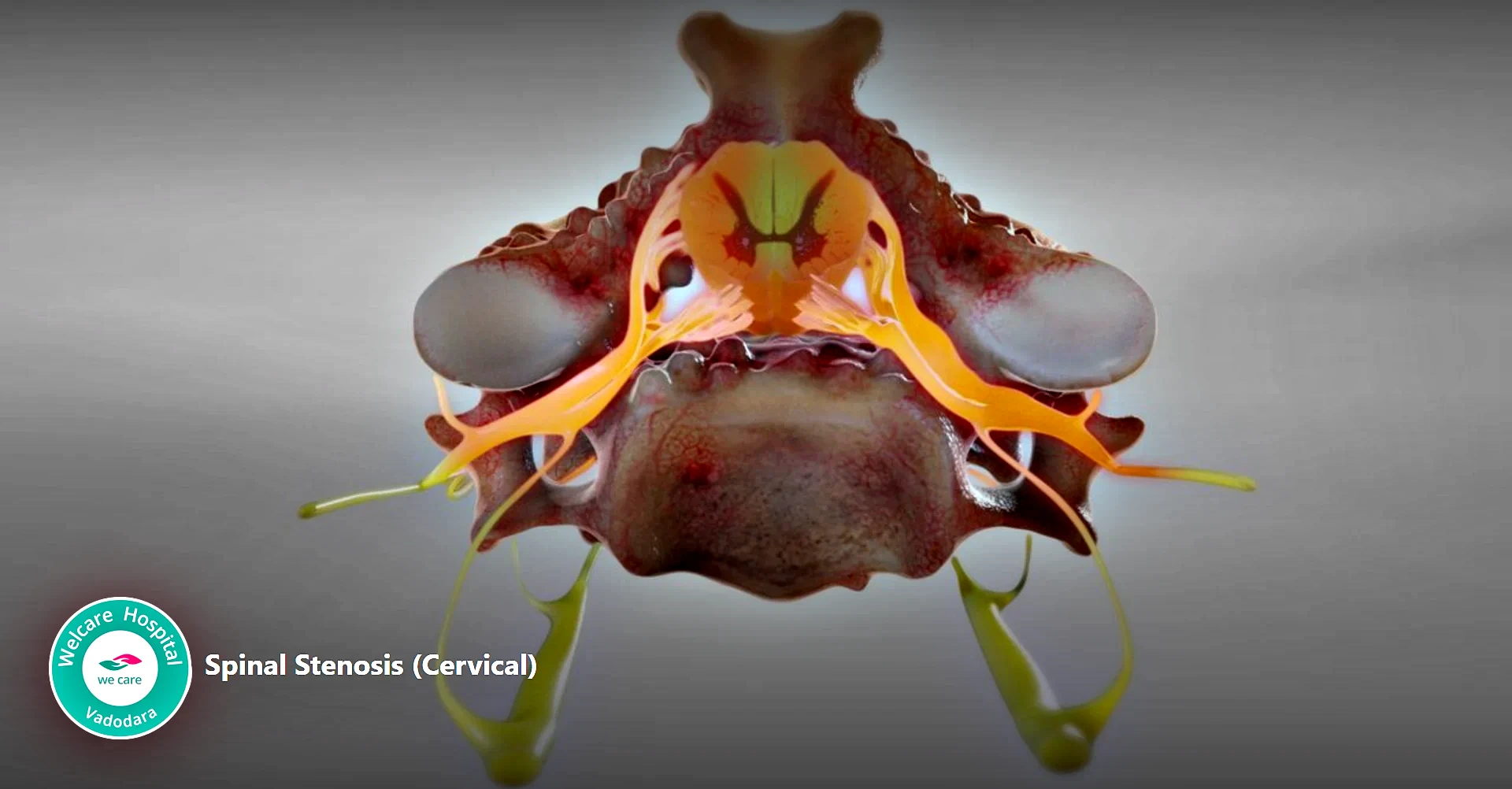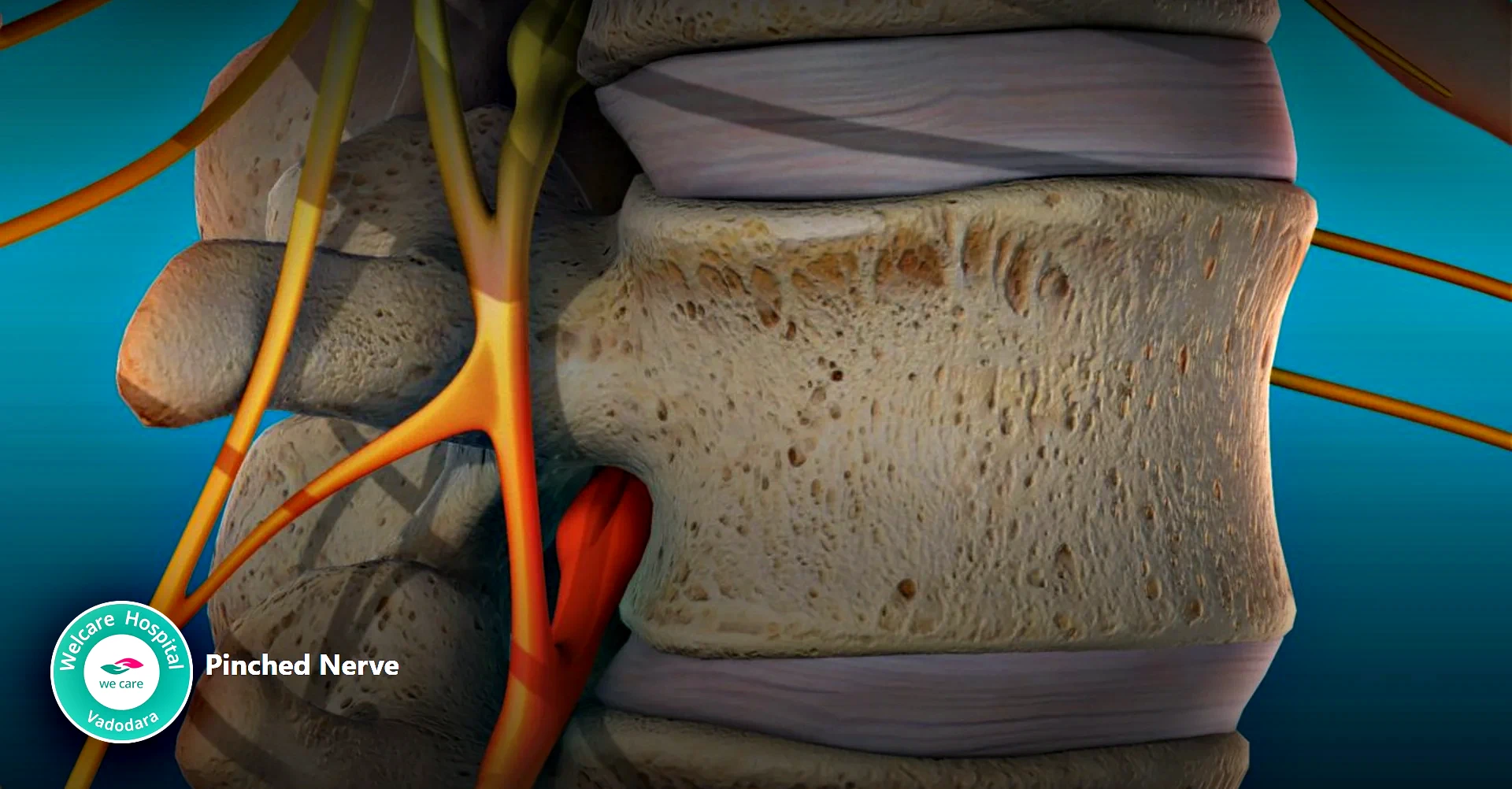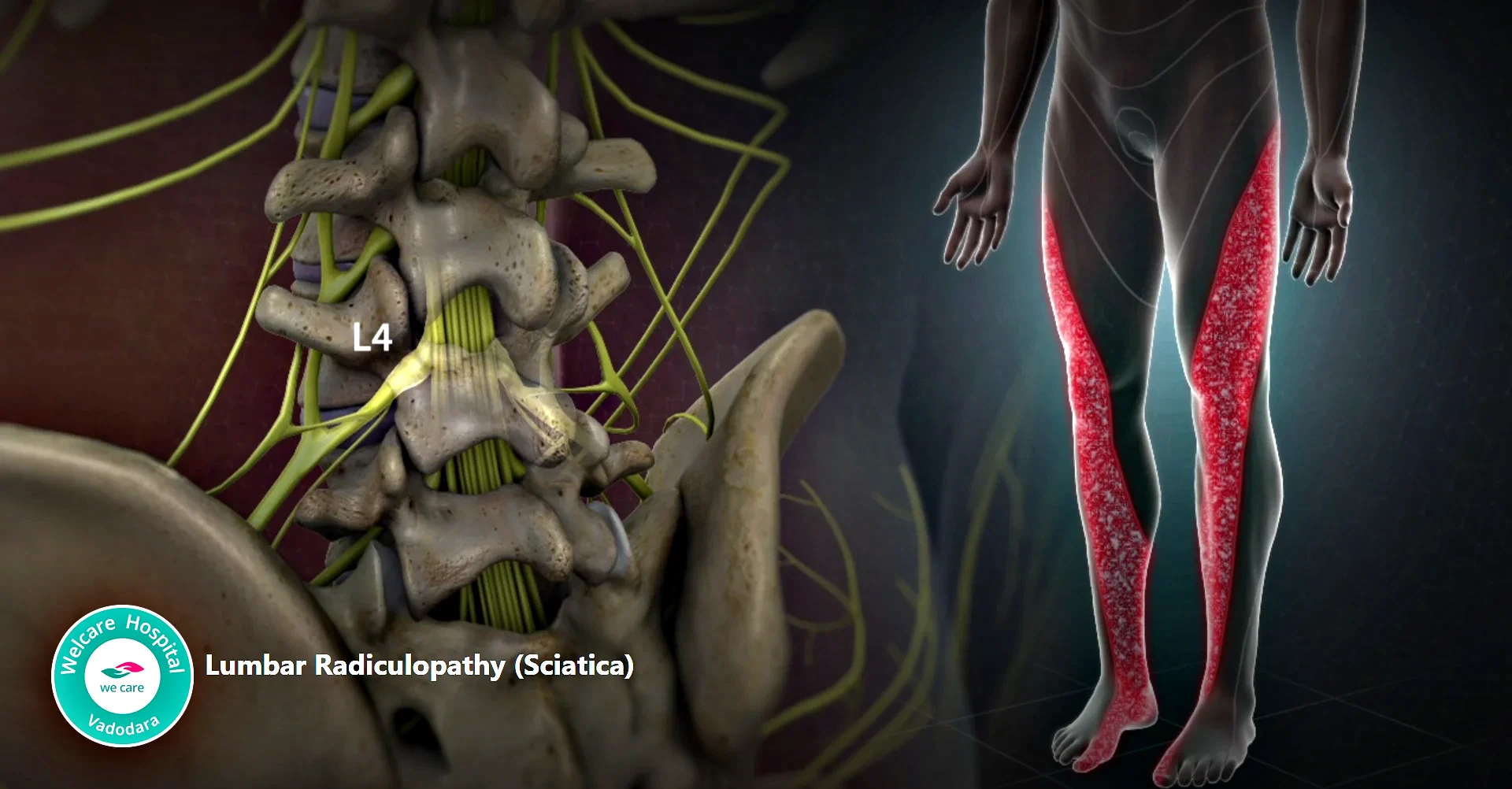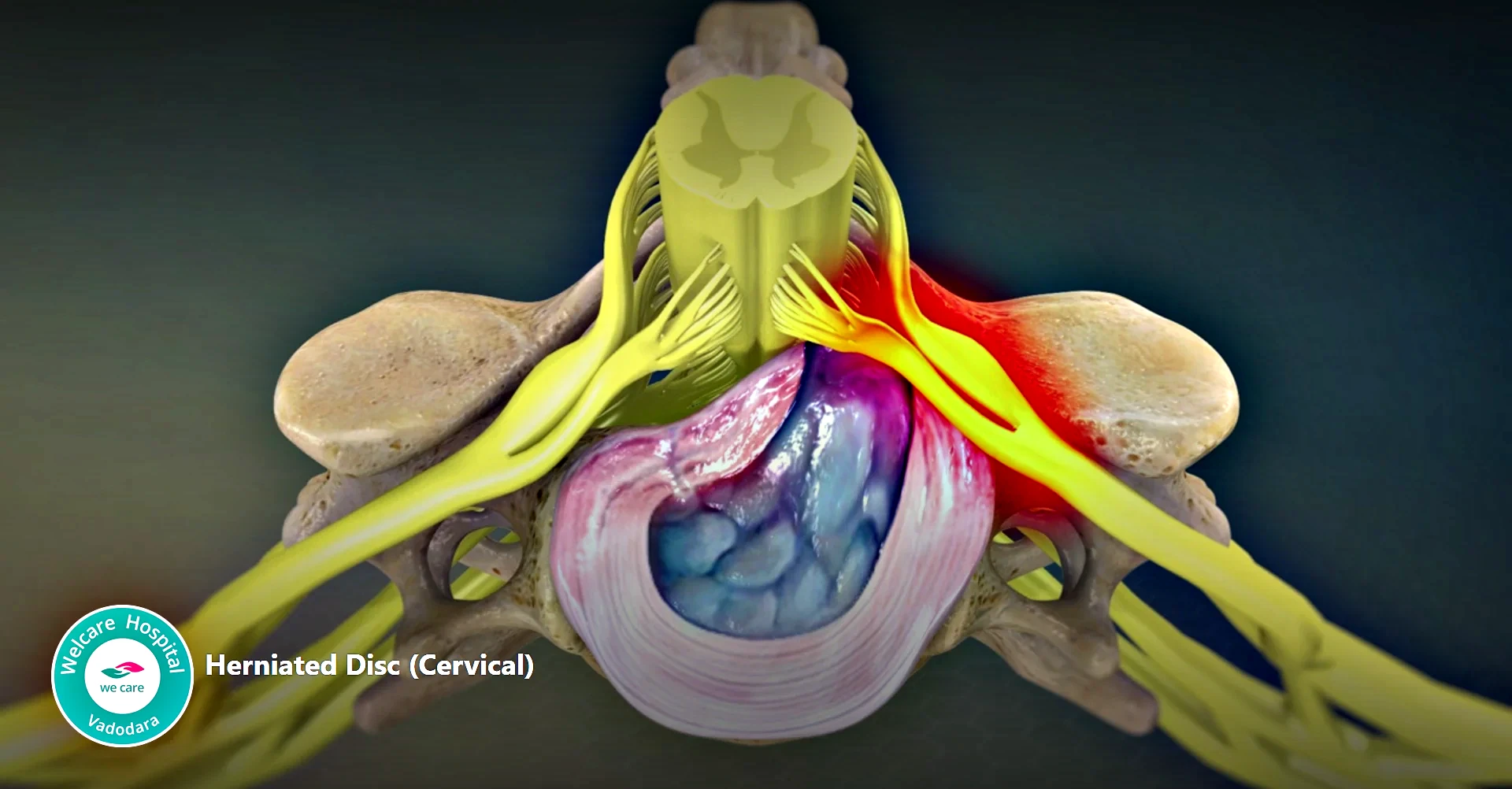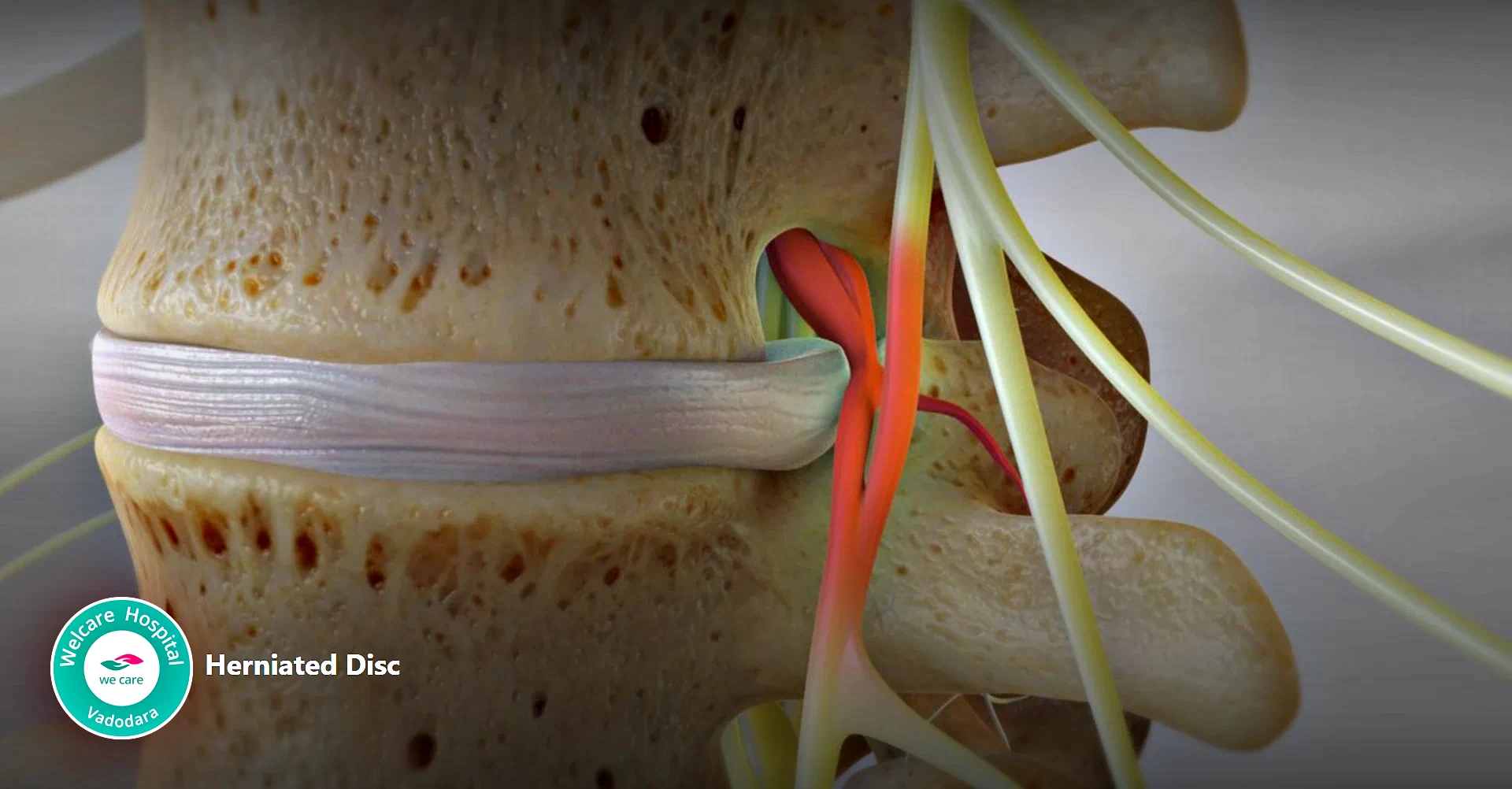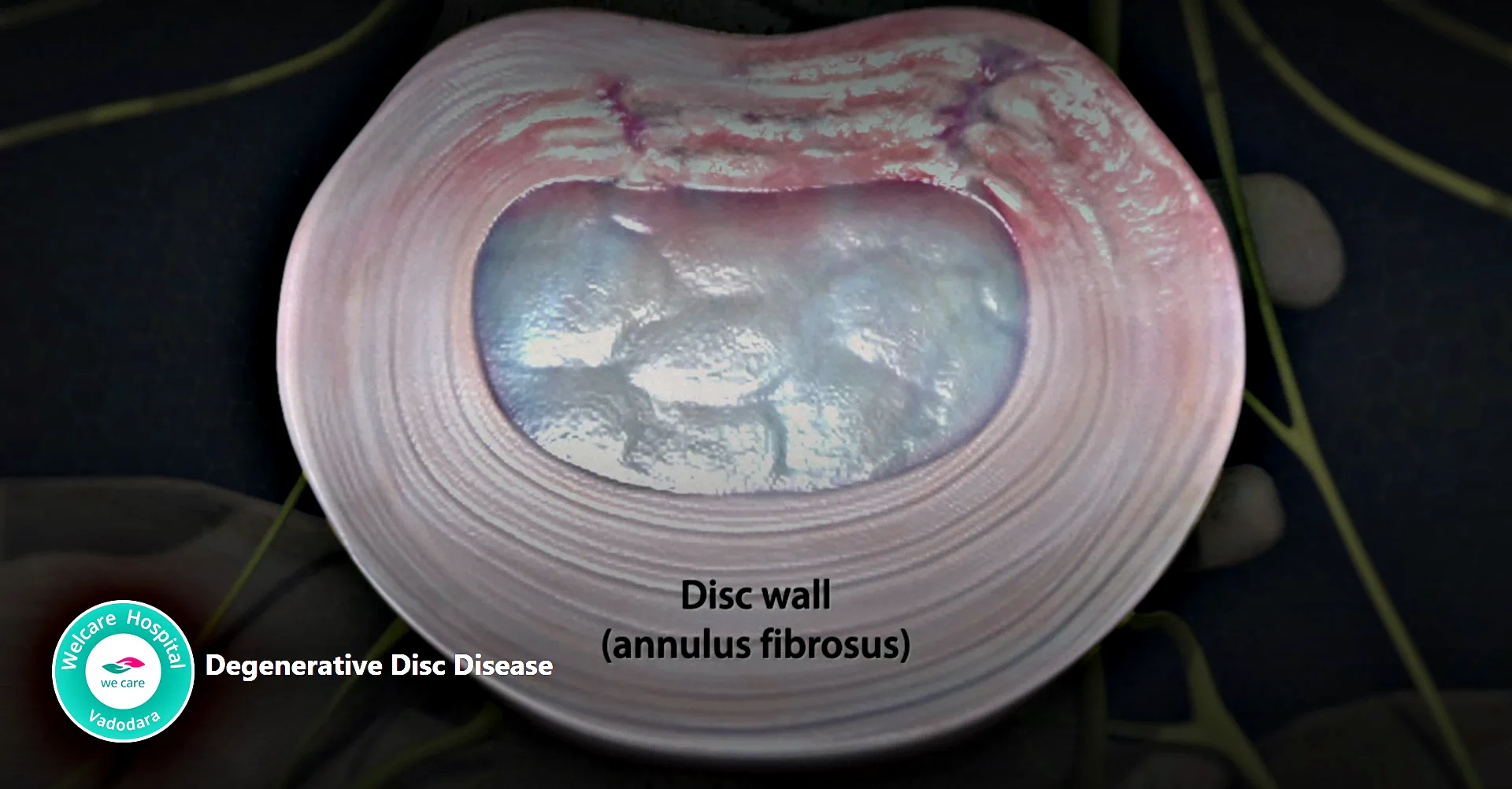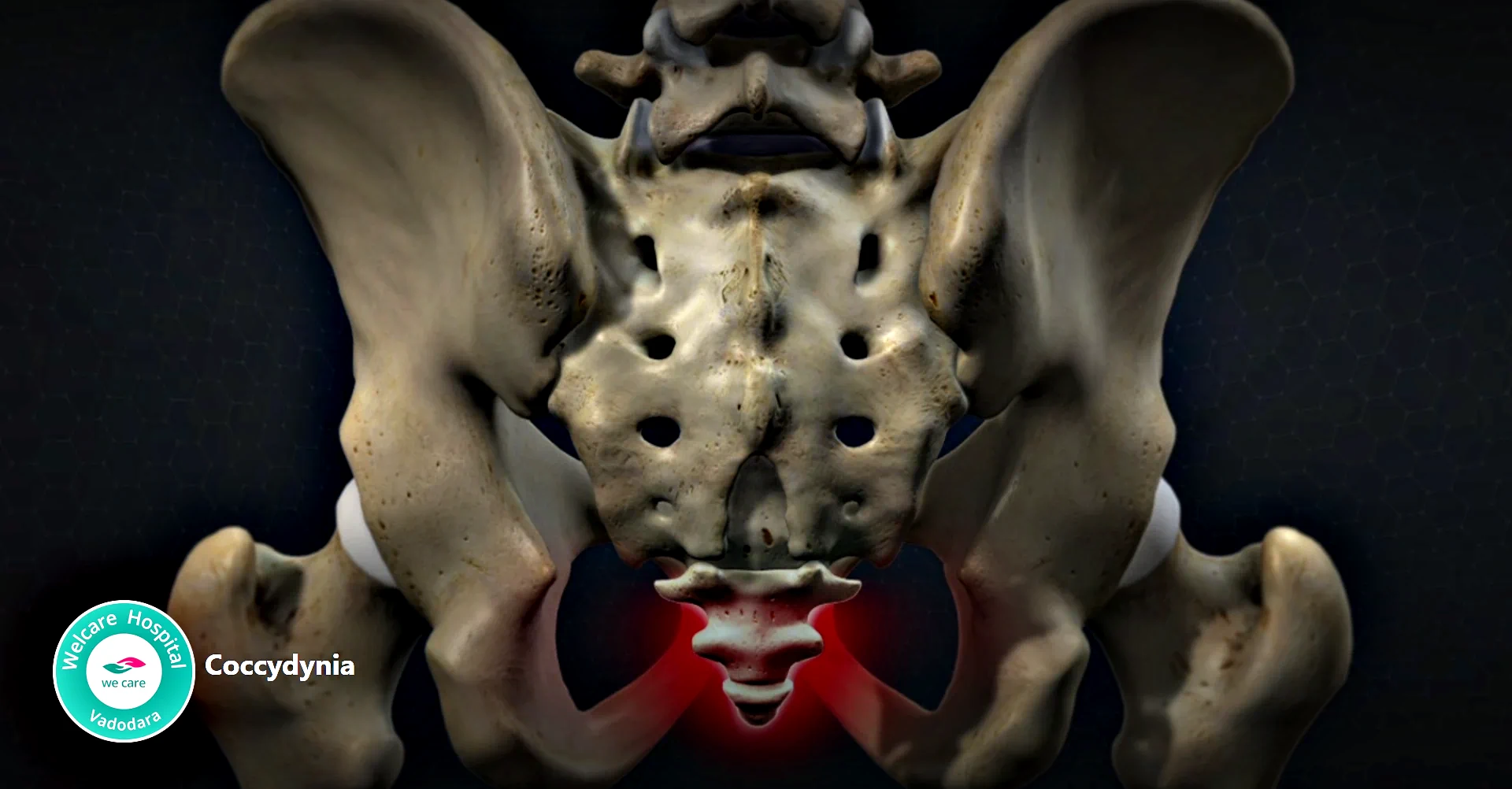Spine
Home » Core Departments » Spine
Introduction
Your spine is like a long, bendable rod made of small 33 bones called vertebrae. These vertebrae are stacked on top of each other to make your backbone. In between the vertebrate Intervertebral discs( Just like Rubber washers used in plumbing – so vertebrates do not grind with each other ), sit between adjacent vertebrae, providing cushioning and facilitating movement of the spine.
There are five main sections of your spine:
- Neck (cervical -7 vertebrae)
- upper back (thoracic- 12 vertebrae)
- Lower back (lumbar- 5 vertebrae)
- Pelvis (sacral- 5 fused vertebrae)
- Tailbone (coccygeal- 4 fused vertebrae).
Each vertebra consists of a body, which provides support, and bony processes, including spinous and transverse processes, which serve as attachment points for muscles and ligaments. The neck part is the most flexible, letting you move your head in different directions. The upper back is where your ribs are attached, protecting your heart and lungs. The lower back bears most of your body’s weight and can sometimes get sore.
The pelvis part connects your spine to your hips and helps you stand up straight. The tailbone is a small, fused bone at the bottom of your spine. Muscles around your spine help you sit, stand, walk, and move in different ways. Ligaments are like strong bands that hold your vertebrae together and keep them stable. There are also joints between the vertebrae that help your spine move smoothly. Nerves come out of your spine and spread throughout your body, helping you feel and move.
Blood vessels bring blood to your spine to keep it healthy and working. Sometimes, things like injuries or diseases can make your spine hurt or not work right. If you have spine problems, doctors can help you feel better with treatments like medicine, therapy, or sometimes surgery. The muscles surrounding the spine can be categorized into intrinsic and extrinsic muscles.
Intrinsic muscles, such as the multifidus and rotatores, are located within the vertebral column and are responsible for stabilizing and controlling spinal movement. Extrinsic muscles, including the erector spinae and quadratus lumborum, are located outside the vertebral column and provide support and movement to the spine. Ligaments are fibrous bands of tissue that connect bones and provide stability to the spine.
The anterior longitudinal ligament runs along the front of the vertebral bodies, preventing excessive extension of the spine. The ligamentum flavum connects adjacent laminae of the vertebrae and helps maintain the normal curvature of the spine. Each spinal nerve carries sensory and motor information between specific regions of the body and the spinal cord. The spinal arteries, branches of the vertebral and segmental arteries, supply blood to the spinal cord and surrounding structures. Disorders and injuries affecting the bones, muscles, ligaments, or nerves of the spine can result in pain, weakness, and loss of function, requiring medical evaluation and treatment.
The major muscles connected with spine are:
- Erector spinae: These muscles run along the length of your spine and help you straighten your back and maintain posture. These muscles primarily help with extension of the spine, which means straightening the back from a bent position. They also provide stability to the spine during activities like lifting and standing.
- Multifidus: These small muscles are located deep in the back and provide stability and support to each vertebra. : These muscles are responsible for stabilizing each individual vertebra during movements such as bending forward, backward, and twisting (rotation) of the spine.
- Rotatores: Found deep in the spine, these muscles assist with rotating and stabilizing the vertebrae.
- Transversospinales: These muscles run between the spinous and transverse processes of the vertebrae, aiding in spinal extension and rotation , helping to maintain proper alignment and stability.
- Quadratus lumborum: These muscles are involved in several movements, including side bending (lateral flexion) of the spine, as well as stabilization of the pelvis and lower back during activities like walking, running, and lifting.
- Rectus abdominis: While not part of the spine itself, the rectus abdominis muscles play a crucial role in stabilizing the spine by supporting the front of the core. They assist in movements such as flexion of the spine (bending forward) and stabilization during activities like lifting and bending.
Overall, these muscles work together to support the spine during a wide range of movements, including bending, twisting, extending, and maintaining stability during everyday activities and exercise.
Condition / Issues
- Herniated Disc: Also known as a slipped or ruptured disc, this occurs when the soft inner material of a disc protrudes through its tough exterior, pressing on nearby nerves and causing pain, numbness, or weakness.
- Degenerative Disc Disease: This condition involves the gradual deterioration of the discs between the vertebrae, often due to aging, leading to pain, stiffness, and decreased mobility.
- Spinal Stenosis: This is a narrowing of the spaces within the spine, which can put pressure on the spinal cord and nerves, resulting in pain, numbness, or weakness in the legs.
- Spondylolisthesis: This occurs when one vertebra slips forward over the one below it, often due to degenerative changes or stress fractures, causing back pain and possibly nerve compression.
- Spinal Fractures: Fractures of the vertebrae can result from trauma, osteoporosis, or other conditions, leading to pain, deformity, and potential nerve damage.
- Scoliosis: This is an abnormal sideways curvature of the spine, which can develop during growth spurts in childhood or adolescence and may cause back pain or uneven shoulders or hips.
- Sciatica: This condition involves irritation or compression of the sciatic nerve, typically causing pain that radiates from the lower back down one leg.
- Spinal Cord Injury: Trauma to the spinal cord can result in various degrees of paralysis or loss of sensation below the injury site, depending on the severity and location of the damage.
- Osteoarthritis: This is a degenerative joint disease that can affect the spine, leading to pain, stiffness, and decreased mobility as cartilage wears away and bones rub against each other.
- Ankylosing Spondylitis: This is a type of arthritis that primarily affects the spine, causing inflammation, pain, and stiffness, often leading to fusion of the vertebrae.
These are just a few examples, and there are many other conditions that can affect the spine, each with its own set of symptoms and treatment options.
Non Surgical & Surgical Treatment
As an experienced spine specialist in vadodara, I can tell you that spine surgery is broadly categorized into 3 key areas, each addressing different aspects and conditions of the spine. The primary categories include:
- Non Surgical Methods: Conservative Therapy & Spinal injections, Discoplasty, Percutaneous Endoscopic Spinal Procedure.
- Minimally Invasive Treatment & Surgery: Open Microsurgical Spinal Decompression, Motion Preservation Spinal Decompression, Minimally Invasive Spinal Fusion.
- Open Surgery: Minimally Invasive Deformity Anteroposterior Surgery, Radical Spinal Deformity Correction.
Above categories can be sub classified as follows:
- Decompressive Surgery:
- Laminectomy: Removal of the lamina to relieve pressure on the spinal cord or nerves.
- Discectomy: Removal of part or all of a herniated disc that is compressing spinal nerves.
- Stabilization and Fusion Surgery:
- Spinal Fusion: Joining two or more vertebrae to eliminate motion between them and provide stability.
- Instrumentation: Use of hardware such as screws, rods, and plates to stabilize the spine.
- Corrective Surgery:
- Scoliosis Surgery: Correcting abnormal lateral curvature of the spine.
- Kyphosis Surgery: Correcting excessive forward curvature of the spine.
- Minimally Invasive Spine Surgery (MISS):
- Microdiscectomy: Removal of disc material through a small incision using a microscope or endoscope.
- Percutaneous Techniques: Use of small incisions and specialized instruments to perform procedures like vertebroplasty or kyphoplasty.
- Disc Replacement Surgery:
- Artificial Disc Replacement: Replacing a damaged disc with an artificial one to maintain motion at the spinal segment.
- Tumor and Infection Surgery:
- Spinal Tumor Resection: Removal of benign or malignant tumors from the spine.
- Debridement: Removal of infected tissue in cases of spinal infections like osteomyelitis.
- Trauma Surgery:
- Fracture Repair: Stabilizing and repairing spinal fractures caused by trauma.
- Spinal Cord Injury Management: Addressing damage to the spinal cord to improve or preserve neurological function.
- Congenital and Developmental Condition Surgery:
- Correction of Congenital Anomalies: Addressing congenital spinal deformities such as spina bifida.
These categories encompass a wide range of specific procedures tailored to the patient’s condition, aiming to relieve pain, restore function, and improve quality of life. The choice of surgery depends on the specific diagnosis, the severity of the condition, and the overall health of the patient.
